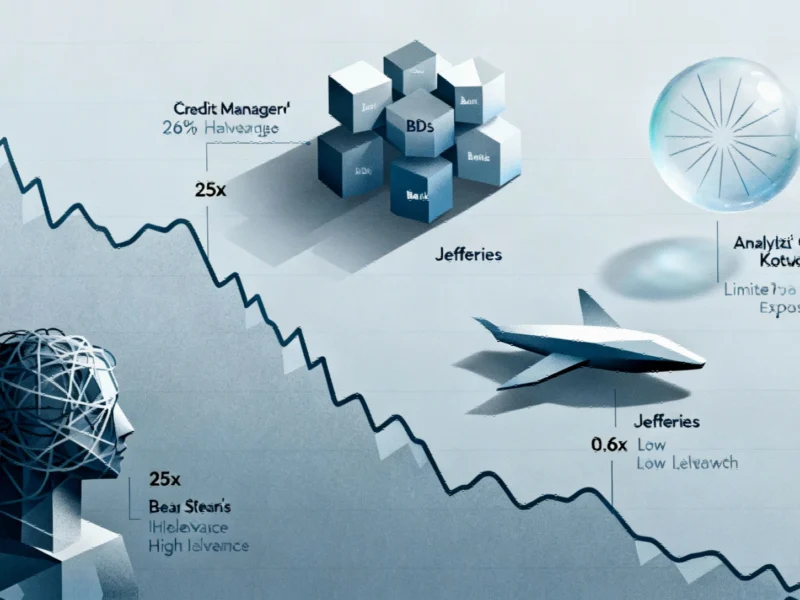According to AppleInsider, Apple’s Q1 2026 forecast indicates Mac sales will face challenging year-over-year comparisons due to limited product releases in fall 2025. During the quarterly earnings call, SVP Kevan Parekh explained that the tough compare stems from Apple planning to release only one updated Mac—the MacBook Pro with M5—this fall, compared to the comprehensive October 2024 refresh that introduced M4, M4 Pro, and M4 Max chips across the entire MacBook Pro lineup. This forward guidance effectively eliminates speculation about potential November updates for Mac mini or iMac models. The company expects stronger performance in Q2 2026 when M5 Pro and M5 Max chips for remaining MacBook Pro models and M5-equipped MacBook Air are anticipated to launch. This pattern highlights the challenges of year-over-year comparisons for products with irregular release schedules.
Table of Contents
The Inherent Challenge of Apple’s Product Cycle Strategy
What AppleInsider’s report reveals is a fundamental tension in Apple’s product strategy that investors often overlook. Unlike smartphone releases that follow predictable annual cycles, Mac updates have historically followed irregular patterns dictated by technological readiness, component availability, and market positioning. This creates what I’ve observed as “compression and expansion” cycles where multiple major updates cluster in one period followed by quieter quarters. The October 2024 comprehensive MacBook Pro refresh represents a compression event, while fall 2025 appears to be an expansion phase with minimal updates. This irregularity makes traditional year-over-year analysis particularly problematic for understanding the health of Apple’s computer business.
The Limitations of Investor-Focused Metrics
The reliance on year-over-year comparisons reveals a significant gap in how Wall Street analyzes hardware companies with diverse product portfolios. Since Apple stopped reporting unit sales for individual products in 2018, analysts have been forced to rely on imperfect proxies like year-over-year revenue changes. This approach fails to account for the natural ebb and flow of product cycles, especially for computers that don’t follow annual refresh patterns. As a senior vice president like Parekh must explain to investors, these comparisons can create misleading narratives about product performance that don’t reflect actual consumer demand or market position.
Strategic Implications for Apple’s Computing Business
This forecasted volatility has broader implications for how Apple manages its computing segment. The company appears to be strategically staggering major updates across different MacBook Pro configurations and product lines to maintain consistent technological leadership while managing supply chain and production constraints. What’s particularly interesting is how this affects products like the iMac and Mac mini, which often receive less frequent updates. The explicit statement ruling out fall updates for these models suggests Apple is comfortable with longer refresh cycles for certain desktop products, potentially reflecting different usage patterns and replacement cycles among their customer bases.
The Competitive Context Beyond Apple’s Walls
While the source focuses on internal Apple dynamics, the competitive landscape adds crucial context to this story. Apple’s chip transition from Intel to Apple Silicon has fundamentally changed how the company approaches product updates. With control over both hardware and silicon development, Apple can time releases based on technological milestones rather than third-party processor availability. However, this also means the company faces increased pressure to demonstrate continuous innovation with each new chip generation. The M4 to M5 transition will be closely watched not just by Apple investors but by competitors across the PC industry who are developing their own ARM-based solutions to challenge Apple’s performance and efficiency advantages.
Long-Term Product Strategy Outlook
Looking beyond the immediate Q1 2026 forecast, this pattern suggests Apple is settling into a more predictable but still irregular update cadence for its computing products. The company appears to be balancing the need for technological leadership with practical considerations around manufacturing capacity, component costs, and market segmentation. What investors should watch for is whether this creates sustainable long-term growth or merely shifts sales between quarters. The real test will come when Apple faces increased competition in the ARM computing space and whether their current strategy provides enough flexibility to respond to market changes while maintaining the premium positioning that has defined the Mac brand for decades.



